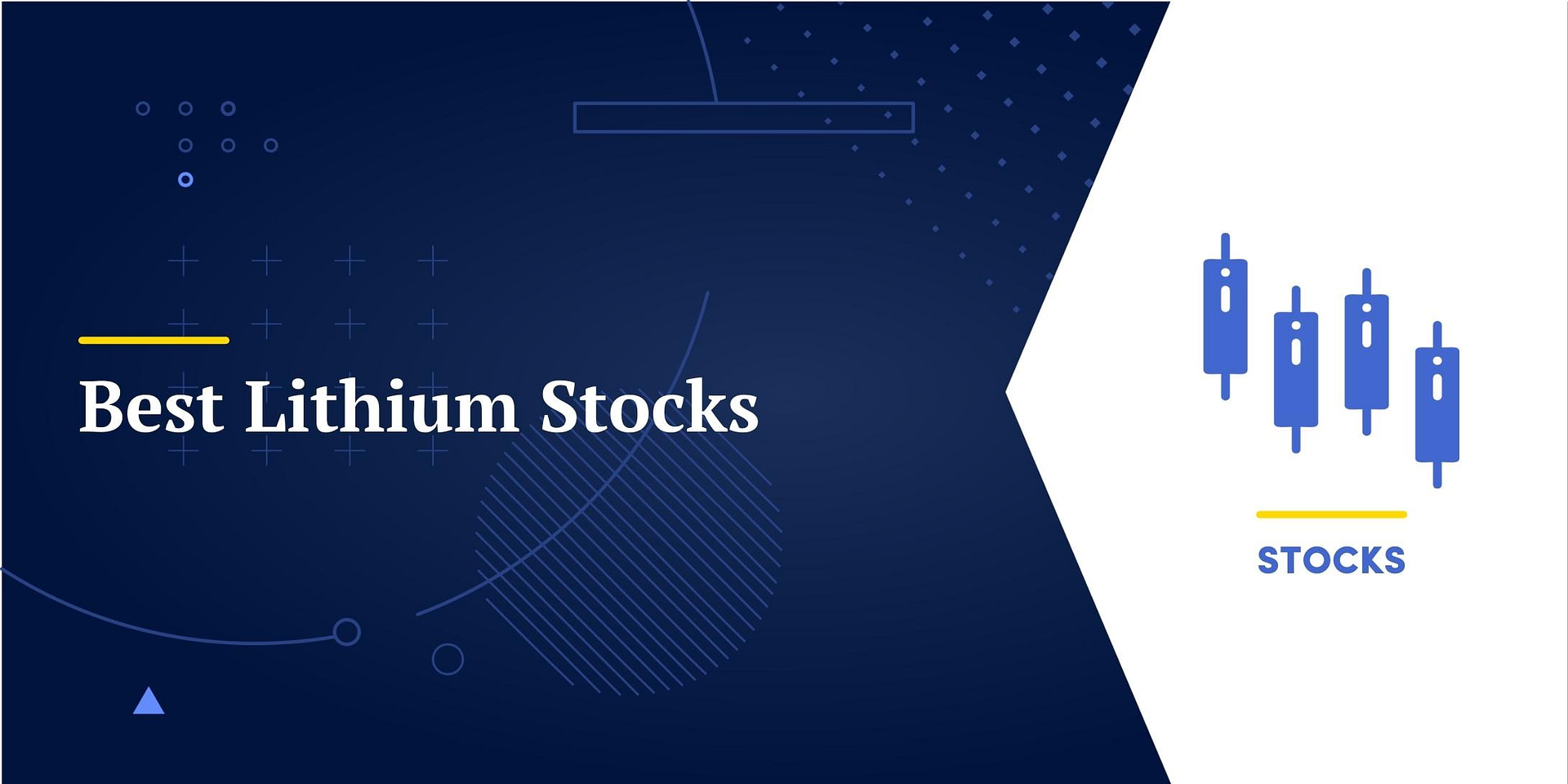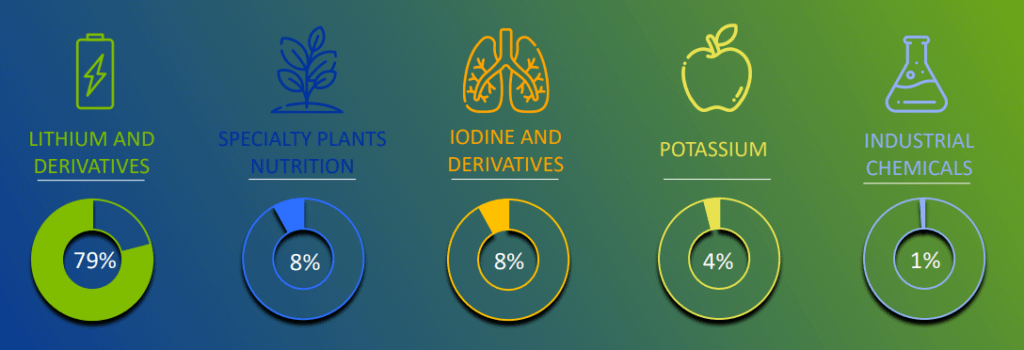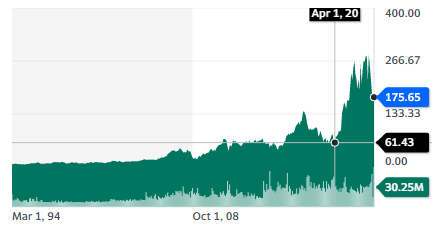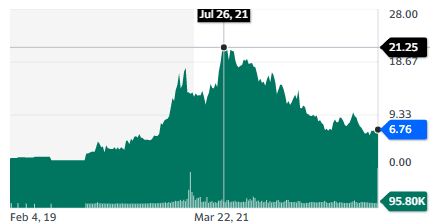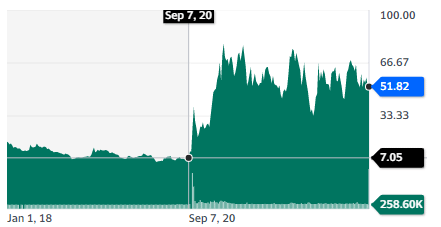Lithium has become one of the most in-demand commodities in the last decade. It was already useful for lithium-ion batteries for electronics, but it is really EVs (Electric vehicles) that boosted the demand.
Another emerging sector is stationary storage, storing electricity in large batteries for homes, industry, and even the whole electric grid.
China is the largest market due to its focus on EVs, which represent 1 in 4 cars sold there. But an ambitious plan to ban ICE (Internal Combustion Engines) vehicles by 2035 in the EU and some US states should boost demand in the West as well.
This should increase lithium demand by 3x to 6x by 2030. Lithium prices have been extremely volatile recently, going from a low of $7/kg in 2020 to a high of $80/kg at the end of 2022, to the current $25/kg after a precipitous fall.
Best Lithium Stocks
Most modern batteries use lithium in one form or another. While we can discuss if cobalt or other battery metals will still be needed in newer generations (solid state, iron phosphate batteries), it is likely that both lithium and copper will be required in massive amounts for batteries.
So let’s look at the best lithium stocks.
These are designed as introductions, and if something catches your eye, you’ll want to do additional research!
1. Sociedad Química y Minera S.A (SQM)
SQM is the world’s largest lithium producer while also being active in a few other sectors.
It is an increasingly efficient business, planning to reduce lithium brine extraction by 50% by 2030, and water usage by 50% by 2025.
Most of its production comes from Chilean mines, with expansion plans in China and Australia.
The company looks optically cheap but has been in the spotlight due to the recent proposal in April 2023 of Chile to nationalize the lithium industry, an alarming idea for any mining business. The current licensing contract for SQM could expire by 2030, and lithium miners will have to accept private-public partnerships.
So this is a stock for value investors willing to take a large leap of faith that the next 6 years of fully owned production, and whatever comes after, is justified by the current valuation.
2. Albemarle (ALB)
Abermale is the other large Chilean lithium producer. Due to its lithium licensing contract running up to 2043, it is less affected by the nationalization plans. The company has even declared to be open to an early renegotiation.
The company also has a little more room for change as it produces lithium in North America and Australia as well. Chilean production was 10,000 tons in 2022 versus 22,000 tons in Australia and 2,000 tons in the USA.
Abermale also refines lithium, with conversion capacity expected to triple by 2027.
Its $3.2B debt at an average of 4% interest rate can be seen as a protection against inflation and rising rates.
3. Ganfeng Lithium Group Co., Ltd. (GNENF)
This is a Chinese company founded in 2000 that has massively benefited from the demand for lithium in China. It is the largest lithium producer in China and the third largest in the world. It is also the second-largest refiner of lithium in the world.
Most of its revenue comes from lithium, even if the battery business represents 1/3 of yearly revenues in 2022 (down in percentages from 2021 due to exceptionally high lithium prices).
1/3 of the company’s revenues are made overseas, with the rest in China.
It is also developing a recycling activity that is poised to keep growing over the next years, with more EVs reaching the end of their life cycle.
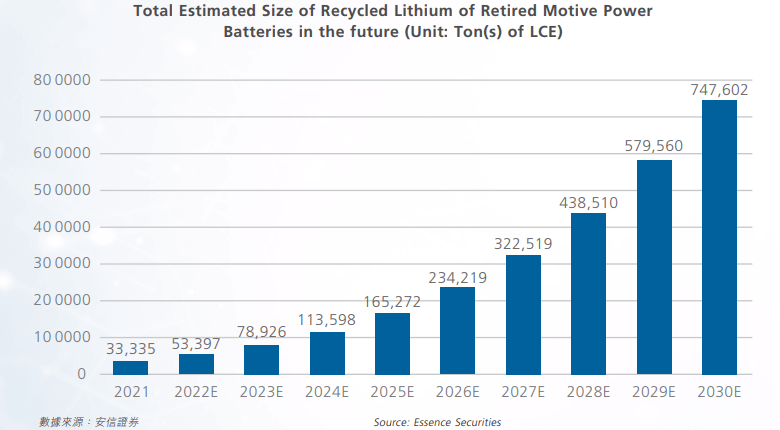
Its leadership in China and the Chinese lithium industry is a strength due to the country’s importance in the lithium market. It is also a weakness, with rising tensions and accusations thrown at Chinese companies, like the recent declaration of Justin Trudeau that “China uses slave labor in lithium production”. So the company carries significant geopolitical risk, different from the nationalization risk of Chilean miners.
4. Piedmont Lithium Inc. (PLL)
With jurisdiction (Chile) or geopolitical risk (China), some investors will prefer to keep their lithium investing at home. This also goes along the trend of wanting to “bring back home” key industries, like the EV supply chain.
The company’s priority is 2 mines in development in the USA, in Tennessee and North Carolina, for a total of 60,000 tons per year of projected production. Piedmont also has a 50% participation in a mine in Ghana projected at 255,000 tons of production and a 25% in a Quebec mine projected at 190,000 tons of production.
The Quebec mine is expected to start production in 2024, and the other mines should be producing in 2025-2027. It will need extra financing to finish building the Tennessee mine.
The company expects to be able to make a profit as long as lithium prices stay above their pre-2021 average.
Between mines still in development and relatively high production costs, Piedmont avoids geopolitical risk but will need high lithium prices to stay profitable. So this is for investors optimistic about the future need for lithium but afraid of international risks.
5. Pilbara Minerals Limited (PILBF)
Pilbara is an Australian company owning the world’s largest hard-rock deposit of lithium (in opposition to the brines in the lithium triangle between Argentina-Chile-Bolivia).
The company has expected reserves of 25+ years. Current production is 580,000 tons per year, with a progressive expansion planned to reach 1-1.3 Mtpa.
The company has been distributing a large part of its 2022 windfall profit, as well as using the money to accumulate cash that can be used to finance the planned extension. While not really profitable, operations were cashflow positive at the depressed prices of 2020.

The company is also investing in a 43,000 tpa refining facility in South Korea.
6. Vulcan Energy Resources Limited (VUL.AX)
Most lithium companies are required for the green transition. And they are working hard at reducing their environmental footprint from water and energy consumption to carbon emissions. But few are as “green” as the concept behind German Vulcan Energy.
The core idea is to produce energy through geothermal while also extracting lithium from the geothermal brines. The heat energy created can be used to power the lithium extraction carbon-free and/or be sold to the market, either as heat (Germany has a lot of district heating facilities) or as power. You can read about the technical details in the dedicated presentation.
The project is located in the Rhine Valley, north of Strasbourg. This should produce enough heat/power for 1 million people and enough lithium for 1 million EVs per year.
In 2022 the company secured $76M from Stellantis (Peugeot, Citroen, Opel,…) and $177M from chemical company Nobian GmbH on April 2023. In addition, offtaking agreements have been signed with LG, Volkswagen, Renault, and Umicore.
The backing of European industry leaders is making the prospective lithium miner more secure and should turn it into a key part of the EU plans to bring home the EVs supply chain. Production and ramping up should start at the end of 2025 or 2026.
This is a good fit for investors looking for a truly green lithium producer whose costs are independent of both global energy prices and whose supply is safely located in the heart of European industry.
Best Lithium ETFs
In a sector growing as quickly and as volatile as lithium (it barely mattered a decade ago), diversification can be very important. So you might be interested in ETFs targeting the sector as a whole.
1. Global X Lithium & Battery Tech ETF (LIT)
This ETF invests in both lithium producers and the main users of lithium, battery manufacturers. Its top holdings include Albemarle, Panasonic, BYD, Telsa, Samsung, etc…, with exposure to China for 39% of the ETF and 22% to the USA.
2. VettaFi Amplify Lithium & Battery Technology ETFF (BATT)
More focused on batteries, this ETF also includes lithium producers and miners of other battery metals like BHP, Glencore, and Albemarle. It can be attractive for investors looking for exposure to the EV supply chain but wanting to reduce the volatility due to lithium price fluctuations.
Conclusion
Battery demand is here to stay, with even the most skeptical admitting that EVs, or at the very least hybrid vehicles, are likely the future of mobility in the long term. Lithium is at the core of every battery technology due to its unique chemical properties, so it is here to stay as well.
So investors might be interested to get exposure to this key commodity with a strong attention to both valuations and jurisdiction/geopolitical risk.

